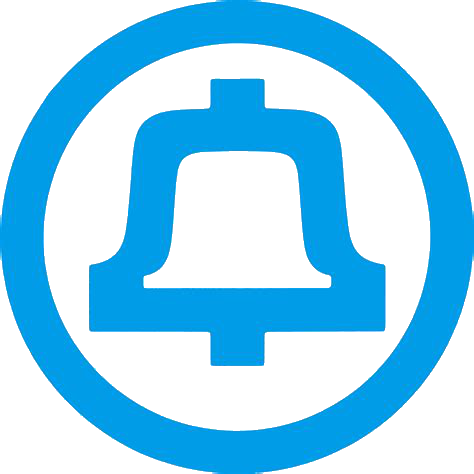Centralized Automatic Message Accounting
Centralized Automatic Message Accounting (CAMA) is a method of billing where call detail records are transferred to a central location from outlying offices. At the central location, the data is aggregated and recorded for processing into bills that can be sent to customers. CAMA is in direct contrast to LAMA (Local Automatic Message Accounting), where billing information for a telephone switch is stored locally and not transmitted elsewhere.
CAMA was developed in the 1950s in order to make automatic billing of long distance calls possible.
History
Until the 1960s, it was common for long distance calls to be handled by operators, who would connect the call, and create a billing record for it. Those billing records (known as tickets) were manually collected and accounted for, also by humans. As Direct Distance Dialing (DDD) became a real possibility, it was necessary to automate the process of billing for long distance calls.
write more here...
